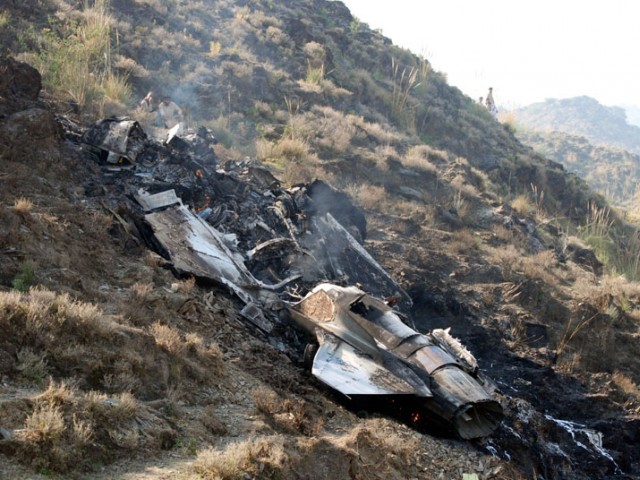Kiddo compare with the loss of atridition on the basis of flying hours. You need the answer here it is
1.
Intense Training The IAF is one of the few air forces in the world that conduct intense, year-round training. Benjamin Lambeth of the Carnegie Endowment for International Peace says the IAF trains for a "high intensity, high stakes" conflict. Keeping in mind the possibility of a two-front war, the IAF puts its pilots and aircraft through the wringer.
Mock air combat can involve hundreds of aircraft flying thousands of kilometres. During such a
war game in 2013, Sukhois flew 1800-km bombing missions from Chabua in Assam to the western front, with mid-air refuelling. In fact, IAF pilots are known to lead missions over 10 hours in their Sukhois.
Such training places a great deal of stress on aircraft, pilots and air crews, which means potentially more accidents. But that’s the way the IAF trains for war. In fact, a former air force chief has gone on record that he would rather lose pilots during training than during war.
The strategy has been amply rewarded. In the 1971 War, for instance, the IAF was able to conduct a wide range of missions – troop support; air combat; deep penetration strikes; para-dropping behind enemy lines; feints to draw enemy fighters away from the actual target; bombing; and reconnaissance.
In contrast, the Pakistan Air Force, which was solely focused on air combat, was blown out of the subcontinent’s skies within the first week of the war. Those PAF aircraft that survived took refuge at Iranian air bases or in concrete bunkers, refusing to offer a fight.
2. Harsh environment
Harsh is normal in India. Tropical India is an unforgiving environment for any aircraft. The hot air means aircraft engines produce less thrust and the wing produce less lift compared to similar aircraft flying in European skies. Sun baked runways are also known to impact landing safety. These are factors IAF pilots have to live with.
Bird hits are another huge factor in aircraft accidents over India. The IAF
attributes around 10 per cent of accidents to bird hits. Most IAF bases are located near populated areas, where birds are a constant menace.
The situation has got so dire that the IAF last year issued global bids to four companies for 45 bird detection and monitoring radar systems to be installed at airports and air bases across India.
3
Missing trainers
According to figures released by the Ministry of Defence in March 2013, the IAF was losing the equivalent of one fighter squadron (approximately 18 fighters) in accidents every two years. This was primarily because of the lack of adequate number of trainers.
Rookie fighter pilots begin on basic trainers, then move on to intermediate jet trainers (IJTs) before finally graduating to advanced jet trainers (AJTs). These three stages are critical elements of fighter pilot training and any shortcuts will certainly lead to disaster.
But what was happening was that in the absence of an AJT, rookie pilots were moving straight from the IJT to frontline warplanes such as the MiG-21. The upshot – young pilots died at an alarming rate.
With the induction of the Swiss Pilatus basic trainer and Hawk AJT from Britain, the crashes have come down – but not stopped.
>>>>>>>>>>>>>>>>>>>>>>>>>>>>>>>>>>>>>>>>>>>>>>>>>>>>>>>>>>>>>>>>>>>>>>
The good news is that aircraft crashes in the IAF have shown a declining trend over the last three years. From a high of 30 in fiscal 2011-12, they
declined to six in 2012-13 and an equal number in 2013-14.
The IAF is now looking to improve overall fleet serviceability. The air force recently told a parliamentary committee that fleet-wide serviceability stood at 60-65 per cent, but could be increased to 77-80 per cent, provided spares were made available.
During a visit to Bangalore in December, IAF chief ACM Arup Raha
said: “Budgets remain a constraint, especially the revenue budget, to maintain spares for the aircraft to maintain high operational readiness.”











